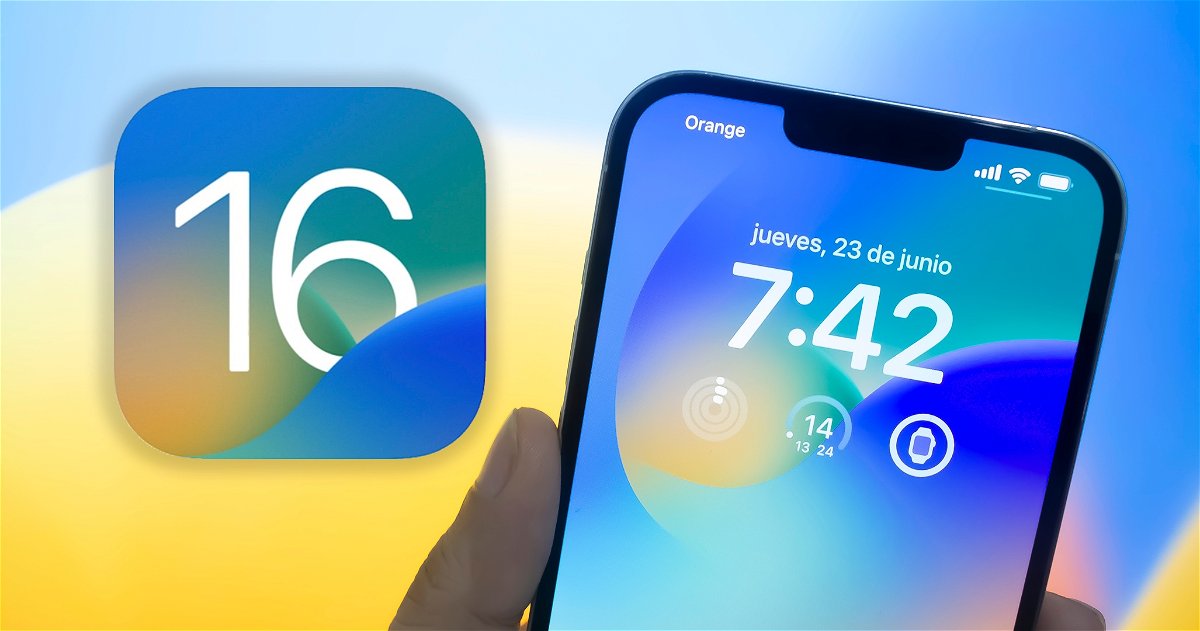In a historic collaboration between Japan Aerospace Exploration Agency (Jaxa) and ToyotaAn innovative pressurized vehicle called lunar shipIntended for future lunar exploration missions Pot.
The alliance, backed by the US space agency, promises to revolutionize the way astronauts interact with the lunar surface through an agreement recently signed between the president. Joe Biden and the Prime Minister Fumio Kishida.
It must overcome unique challenges posed by the lunar environment, such as its gravity (it is only one-sixth that of Earth), extreme temperatures ranging from -170 to 120 degrees Celsius (-274 to 248 degrees Fahrenheit). Strong radiation and exposure to the vacuum of space led engineers Toyota To integrate advanced technology into vehicle design.
The lunar rover is capable of carrying two astronauts up to 20 km (approx. 12.4 miles) per day to aid in the exploration and study of subsurface resources and lunar soil.
Hydrogen-based battery technology powered by solar energy, tires designed to effectively navigate sandy surfaces the moonSome notable findings.
“This vehicle is not just a means of transportation; “It's a mobile habitat, a lunar observatory, a lunar home and a lunar probe.”NASA director said. Bill NelsonExemplifies the versatility of the Lunar Cruiser.
In addition to its technical contribution, the vehicle represents a step forward in international cooperation in space exploration. With the Lunar Cruiser, Japan 6x5x4 m (approx. 19.7×16.4×13.1 ft) interior and a system that allows waste water to be converted into hydrogen fuel, making it indispensable for long journeys and leading the way in innovation.
Cooperation between Jaxa, Toyota And Pot It not only symbolized progress in space technology, but also marked a milestone in international relations, allowing Japanese astronauts to become the first non-Americans to explore this natural satellite.
“The quest for the stars is led by nations exploring space openly, quietly, and together…America will no longer walk on the moon alone,” Nelson asserted, emphasizing the spirit of cooperation that defines the program.
The vehicle is scheduled to be delivered to the Moon on the Artemis VII mission in 2031. It will serve as a navigation platform during astronaut explorations near the Moon's south pole for up to 30 days. Toyota, in partnership with JAXA and NASA, expects the Lunar Cruiser to remain operational for a decade. ZME Science.
In addition, the new Explorer will also serve as a rolling platform for astronauts, which is consistent with the objectives of NASA's Artemis mission, which is not just to return humans. the moon, but position the first woman and first person of color on its surface. Beyond being a feat of engineering, the Lunar Cruiser represents a bridge to send future humans even beyond the lunar sphere.
The Lunar Cruiser is not only designed to meet the challenges of lunar exploration, but also exemplifies a global commitment to expanding human knowledge of the universe.
While this project is being developed, the world is preparing for the next mission Artemis IIScheduled for September 2025, where a four-person crew will orbit the moon, anticipation is rising not only for humanity's return to a natural satellite, but also for the start of a new era of space exploration.

:quality(85)/cloudfront-us-east-1.images.arcpublishing.com/infobae/MKYXZKOXMFALPMPONCZCOUAWEE.jpg)



